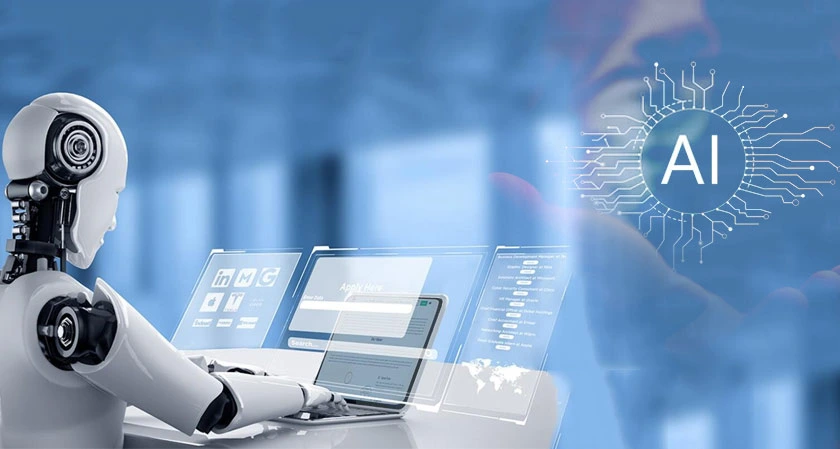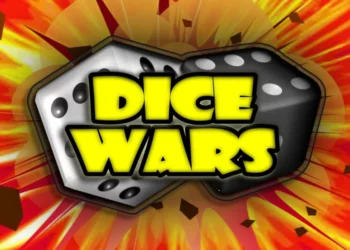As of October 2025, these are the best AI tools for creators who want to produce images, videos, and digital content faster — without sacrificing quality.
AI content tools have moved from novelty to necessity. Whether you’re editing an image, animating a still photo into video, syncing lip movements to dialogue, or swapping faces for creative storytelling — the right tool saves hours and produces studio-level results.
After testing dozens of platforms hands-on, these are the 10 best AI tools for creators, marketers, and developers in 2025.
Best AI Content Creation Tools at a Glance
| Tool | Best For | Modalities | Platforms | Free Plan | Starting Price |
|---|---|---|---|---|---|
| Magic Hour | All-in-one AI visual creation | Image, video, lip sync, face swap | Web | ✅ | Free plan + from $19/mo |
| Runway | AI video editing and generation | Video | Web | ✅ | $15/mo |
| Pika Labs | Realistic AI video from prompts | Video | Web | ✅ | Free beta |
| Synthesia | Talking head videos with avatars | Video | Web | ❌ | $22/mo |
| HeyGen | Video avatars & lip sync | Video | Web | ✅ | $29/mo |
| Reface | Quick face swap for creators | Video, image | Mobile/Web | ✅ | $6.99/mo |
| Kaiber | Artistic AI video generation | Video | Web | ✅ | $10/mo |
| Descript | Video editing with voice + AI tools | Audio, video | Desktop/Web | ✅ | $12/mo |
| Leonardo AI | High-quality image generation | Image | Web | ✅ | Free tier |
| CapCut AI Studio | Short-form AI content creation | Video | Web/Mobile | ✅ | Free |
Magic Hour — The Creator’s AI Studio
Magic Hour stands out as the most versatile AI visual creation platform I’ve tested this year. It’s built for creators who want to move seamlessly between images, video, and hybrid workflows — with tools for editing, animation, and storytelling.
Pros
- Unified suite: ai image editor, image to video ai, lip sync ai, and face swap ai
- Fast, browser-based, no installs needed
- Excellent visual fidelity — results look cinematic
- Intuitive prompt-free editing modes for beginners
- Strong performance for short-form and marketing creators
Cons
- Advanced customization (e.g., 3D camera motion) still in beta
- Requires internet connection; no offline editing yet
After testing Magic Hour’s AI Image Editor and Image-to-Video features side-by-side with competitors, I found the results consistently sharper and faster to produce. If you’re a startup or creator building daily visuals, this is your best single platform.
Pricing: Free plan available; paid plans start at $19/month with higher render limits.
Runway — Best for Professional AI Video Workflows
Runway remains the industry’s go-to for professional-grade AI video editing and motion tools. Their Gen-3 model introduced cinematic realism that rivals human-shot footage.
Pros
- Cutting-edge video generation (Gen-3 Alpha)
- Timeline-based editing interface
- Integrates with Adobe and DaVinci
- Great for indie filmmakers and agencies
Cons
- Steeper learning curve than Magic Hour or Pika
- Expensive for high-volume creators
Runway is unbeatable if you’re after film-quality AI video and need precision control. But for speed and accessibility, lighter tools like Magic Hour or Pika are easier for creators.
Pricing: Free tier; paid plans from $15/month.
Pika Labs — Best for Fast AI Animation from Prompts
Pika Labs has quickly become one of the most popular AI video generators for creators. You can describe any scene — “a drone shot over Tokyo at night” — and get a fluid 4-second clip within seconds.
Pros
- Quick generation from text or image
- Vibrant color and motion realism
- Ideal for storyboards and marketing clips
Cons
- Limited editing options after generation
- Subscription tiers not yet standardized
I often start a project in Pika, then refine it in Magic Hour for lip sync or image-to-video polish.
Pricing: Free beta; commercial pricing expected in 2025.
Synthesia — Best for AI Talking Head Videos
Synthesia specializes in corporate and educational video avatars. It’s ideal for tutorials, explainers, and training modules where a virtual presenter delivers your message.
Pros
- 120+ AI avatars and 60+ languages
- Corporate-level stability and output
- Great text-to-video scripting interface
Cons
- Template-style output — less creative freedom
- No image or video editing tools
If you’re producing content for clients or teams, Synthesia’s reliability and multilingual avatars make it a safe bet.
Pricing: Starts at $22/month; no free plan.
HeyGen — Best for Marketing and Lip Sync Videos
HeyGen focuses on AI avatars and lip sync technology. It’s a strong competitor to Magic Hour’s lip sync ai, particularly for business presenters and social media creators.
Pros
- Excellent voice matching and facial sync
- Clean web interface
- Custom avatar training
Cons
- Less flexible than Magic Hour for creative scenes
- Pricing is mid-tier for casual users
If you want a ready-to-go presenter-style lip sync, HeyGen works well. But Magic Hour remains better for cinematic realism and animation flexibility.
Pricing: Free tier available; paid from $29/month.
Reface — Best for Quick Face Swaps
Reface popularized the AI face swap trend and remains one of the easiest tools for quick swaps in memes, marketing clips, and social content.
Pros
- Simple, fun, and fast
- Strong on mobile devices
- Good privacy handling
Cons
- Lower fidelity than Magic Hour’s face swap
- Limited creative control
If you’re making viral or short-form content, Reface is ideal. For professional work or film scenes, Magic Hour’s face swap ai delivers higher realism.
Pricing: Free tier; premium from $6.99/month.
Kaiber — Best for Artistic AI Video Generation
Kaiber produces visually striking, dreamlike videos from text or images. Think music videos, album art, or fantasy animations.
Pros
- Unique style and motion options
- Ideal for musicians and digital artists
- Supports custom camera motion
Cons
- More artistic than realistic
- Can be GPU-heavy
Pricing: Starts at $10/month; free trial available.
Descript — Best for Voice and Video Editing
Descript blends audio editing, transcription, and AI video cleanup in one workspace.
Pros
- Edit video like text
- Overdub voice feature is powerful
- Great for podcasters and YouTubers
Cons
- Limited AI video generation
- UI can feel dense
Pricing: Free plan available; paid from $12/month.
Leonardo AI — Best for Image Generation and Design
Leonardo AI has become a favorite for designers who want high-resolution concept art, characters, or textures.
Pros
- High-quality fine-tuned models
- Style libraries and community sharing
- Fast rendering
Cons
- Still maturing for pro workflows
- Can produce inconsistent faces
Pricing: Free tier; premium plans from $10/month.
CapCut AI Studio — Best Free All-Rounder
CapCut’s AI suite now includes background removal, auto captioning, and text-to-video generation — all free.
Pros
- Completely free
- Integrated with TikTok
- Decent quality for short-form creators
Cons
- Lacks depth for professional work
- Limited export formats
Pricing: Free.
How I Chose and Tested These Tools
I tested over 25 AI creation platforms between June and October 2025, evaluating them on:
- Output quality: realism, resolution, motion, and consistency
- Ease of use: learning curve, UX design, and creative flow
- Speed: generation and rendering times
- Flexibility: range of creative modalities (image, video, audio, avatar)
- Pricing value: what you get at each tier
Each tool was tested on real creative projects — including social campaigns, video scripts, and AI-generated shorts. Tools that performed reliably and supported multiple workflows ranked higher.
The 2025 AI Creator Landscape
The AI content market is shifting toward multi-modal creation — tools that handle both images and videos in one interface. Magic Hour leads this direction by integrating AI editing, animation, and storytelling into a single workspace.
We’re also seeing:
- Prompt-free AI editing (less typing, more intuitive controls)
- Faster video generation (seconds, not minutes)
- Ethical use filters to prevent misuse of likeness or voice
- Personalization — creators training their own avatars and models
Expect these capabilities to merge further in 2026, where one dashboard might replace an entire creative suite.
Final Takeaway
If you’re a creator or startup building daily visuals:
- Use Magic Hour for an all-in-one studio (images, lip sync, face swap, and animation).
- Runway or Pika if you want cinematic AI video control.
- Synthesia or HeyGen for talking avatar content.
- Reface for fast social creativity.
Each of these tools shines in different contexts — and I guarantee at least one will fit your workflow perfectly.
The best way to choose? Test two or three and compare your outputs side by side.
FAQ
Which AI tool is best for both images and videos?
➡️ Magic Hour — it offers a complete suite from image editing to video animation in one browser app.
What’s the best free AI video tool right now?
➡️ Pika Labs and Runway both have generous free tiers for short clips.
Can I create lip sync videos with AI?
➡️ Yes — try Magic Hour’s lip sync ai or HeyGen for realistic syncing and expressive motion.
What’s the best tool for AI face swapping?
➡️ Magic Hour’s face swap ai produces higher-fidelity swaps than Reface, suitable for pro content.
Which AI image editor works without prompts?
➡️ Magic Hour’s ai image editor with prompt free supports intuitive, visual controls — no text input required.
Also read :Time Shooter 2: A Brilliant Mix of Strategy, Reflex, and Slow-Motion Chaos















